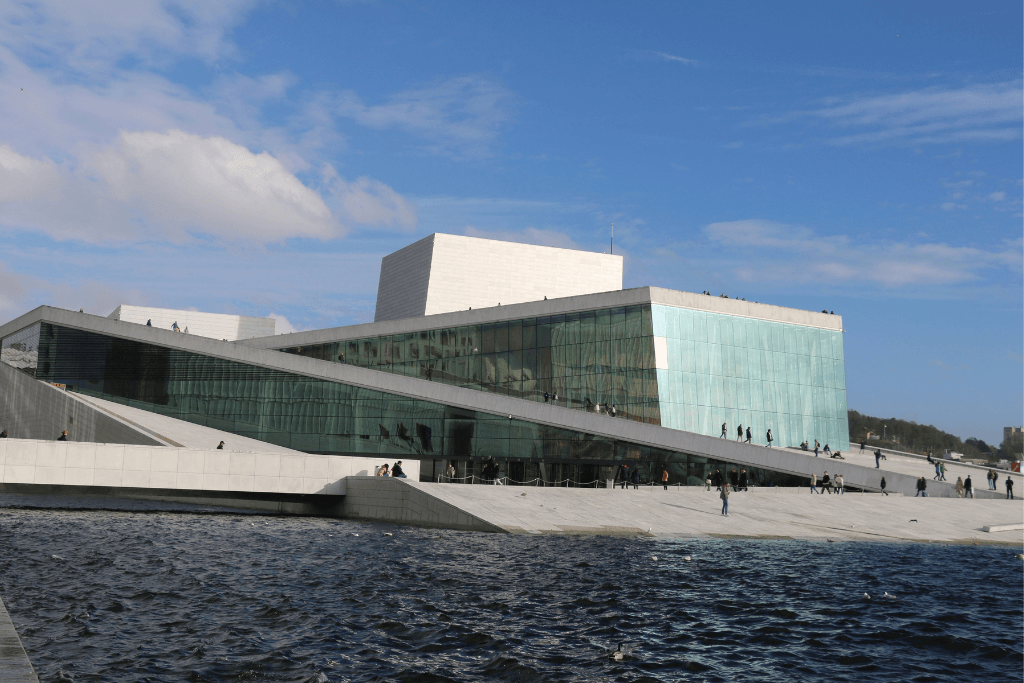As urban populations are skyrocketing, digitization is taking off everywhere, and the day-to-day risk factors in our life keep changing. Our security needs are undergoing a dynamic transformation.
Along with these evolving needs, the markets also keep expanding: The residential security market worldwide was worth USD 51.9 billion in 2021 and is expected to grow to USD 106.3 billion by 2030, at an annual average rate of nine percent. An increasing number of home-dwellers are investing in protecting their homes, and the solid growth is set to continue in the foreseeable future.
As the market expands, so does the range of products offered. Gone are the days of simple locks and alarms; today’s homes are becoming fortressed havens, integrating cutting-edge technology with traditional security measures. Understanding these evolving security needs is essential to designing homes that are not only beautiful and functional but also provide residents with peace of mind.
Hereafter are a few top residential security trends that will be dominant in our lives in 2024 and beyond.
1. The Proactive Smart Home

“Security processes are not a replacement for products. Rather, they’re a way of using security products effectively. They’re a way to mitigate the risks,” says Bruce Schneier, American computer security expert.
The ideal home of today and the future is one that doesn’t just react to security threats, but anticipates and thwarts them before they even materialize. This is the power of the proactive smart home, equipped with AI-powered guardians that can distinguish between harmless critters and real intruders.
Thanks to these tech-empowered dwellings, gone are the days of fumbling with keys. In a proactive smart home, it’s possible to remotely control door locks and window sensors for ultimate convenience and peace of mind.
This proactive approach to security extends beyond individual components: Modern smart homes are designed for seamless integration, enabling lights to automatically turn on when motion is detected. This not only deters potential intruders but also creates a comforting ambiance, signaling presence within the home. By incorporating these features into home designs, it’s possible to craft havens of control, convenience, and peace of mind for the residents.
2. Blurred Lines Between Digital and Physical

In a world where it might be increasingly difficult to determine whether an AI-generated photograph is real or virtual, the lines between physical and digital security are also blurring rapidly.
While traditional fences and gates remain crucial, they’re increasingly bolstered by the invisible shields of the digital world. Homes are no longer just brick and mortar structures; they’re digital hubs brimming with personal information and privacy. Here’s where robust cybersecurity systems step in, acting as impenetrable forts to safeguard this valuable data from hackers and breaches.
Furthermore, identity management systems add another layer of protection, meticulously controlling who can access a home’s various features. This is particularly valuable in multi-generational households or those with frequent visitors, ensuring only authorized individuals can unlock doors, adjust thermostats, or access sensitive data.
3. Privacy: Addressing a Growing Security Concern

In an age of hyper-connectivity, the sanctity of private spaces within our homes is more important than ever. As residents increasingly embrace smart technology, this might lead to a rise in anxieties about data privacy. Architects and builders play a crucial role in addressing these concerns, building homes that empower residents with control over their security and privacy. Additionally, all of them must be aware of the inescapable need of updating their systems frequently, following the recommendations of manufacturers.
Therefore, empowering residents in their pursuit of privacy is increasingly the norm in terms of residential security trends in 2024 and beyond. Imagine smart devices that prioritize user choice, allowing cameras to be deactivated with a click or windows electronically sealed for added privacy. This grants residents the ability to tailor their security and privacy settings to their individual comfort levels, fostering a sense of control within their own connected havens.
Finally, data encryption acts as an invisible shield, offering an extra layer of protection that goes beyond physical security. By incorporating data encryption into the design, residents gain the invaluable assurance that their personal information remains unreadable even if intercepted. This comprehensive approach builds trust and empowers residents to truly feel secure and at ease within their smart homes.
The Future of Security is Proactive, Connected, and Empowering
As urban landscapes soar and technology transforms daily life, our security needs are in constant flux. Thankfully, the residential security market is keeping pace, offering innovative solutions that go beyond alarms and locks.
From AI-powered guardians in smart homes to seamless integrations between physical and digital security, the future of our havens is proactive, connected, and empowering.
By embracing these evolving trends, we can craft homes that are not just sanctuaries of comfort but fortresses of peace of mind, ready to brace the ever-changing security landscape with confidence.




